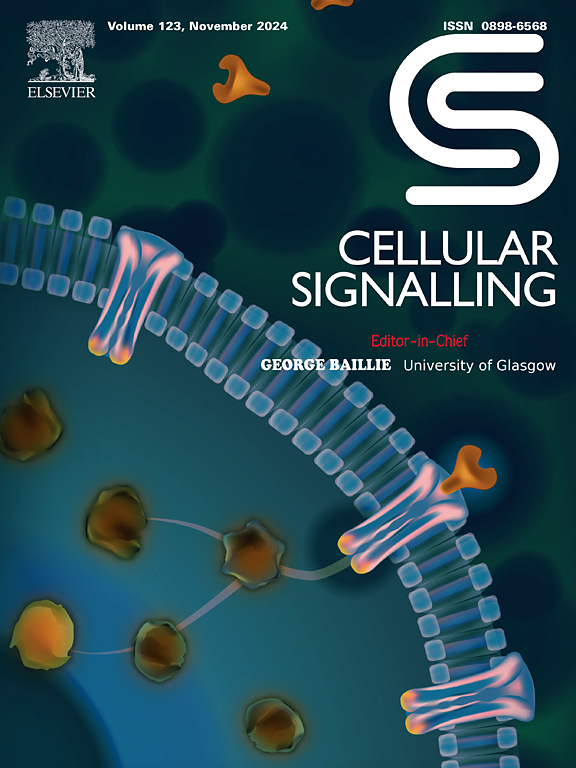pirna在腹主动脉瘤中差异表达的综合评价。
IF 4.4
2区 生物学
Q2 CELL BIOLOGY
引用次数: 0
摘要
腹主动脉瘤(AAA)是一种发病率高、临床表现非特异性的常见致死性心血管疾病,目前尚无有效的预防和治疗措施。piwi相互作用rna (pirna)由于其在转座子抑制、基因组稳定性维持、免疫应答和表观遗传调节等方面的重要功能,已被确定为疾病诊断的重要生物标志物。piRNA与多种疾病密切相关,如心脏肥大、肿瘤和神经退行性变,但其在AAA中的作用尚不清楚。在本研究中,我们采用基因测序的方法分析了AAA血管组织中piRNA的表达谱,并预测了其靶基因的变化。我们的研究结果显示,与对照组相比,AAA组共有1368个pirna表达异常,其中上调1240个,下调128个(|log2(fold change)| ≥ 1.0),其中有82个表现出显著差异(P本文章由计算机程序翻译,如有差异,请以英文原文为准。
Comprehensive evaluation of differential expression of piRNAs in abdominal aortic aneurysm
Abdominal aortic aneurysm (AAA) is a prevalent and fatal cardiovascular condition characterized by a high incidence rate and nonspecific clinical manifestations, with no effective preventive or therapeutic measures currently available. Piwi-interacting RNAs (piRNAs) have been identified as significant biomarkers for disease diagnosis due to their essential functions in transposon suppression, maintenance of genomic stability, immune response, and epigenetic modulation. The piRNA is intimately associated with various diseases such as cardiac hypertrophy, tumors, and neurodegeneration, yet its role in AAA is unclear. In this study, we employed gene sequencing to analyze the piRNA expression profiles in AAA vascular tissues and predicted variations in their target genes. Our findings revealed a total of 1368 piRNAs with abnormal expression in the AAA group relative to the control group, including 1240 up-regulated and 128 down-regulated piRNAs (|log2(fold change)| ≥ 1.0), with 82 demonstrating significant differences (P < 0.05). Through bioinformatics analysis, it was determined that the Wnt signaling pathway, calcium signaling, TNF-α and the p53 pathway are crucial mechanisms by which piRNAs contribute to the development of AAA. RT-qPCR confirmed that hsa_piR_011324 was the most significantly up-regulated piRNA in AAA (P < 0.0001), corroborating RNA sequencing results. Further results indicate that hsa_piR_011324 promotes phenotypic transformation of human aortic vascular smooth muscle cells (HAVSMCs), enhances the activity of matrix metalloproteinases (MMPs), increased up-regulation of inflammation-related markers IL-1β and TNF-α, and induces apoptotic processes. In conclusion, the present study emphasizes the important regulatory role of hsa_piR_011324 in AAA, suggesting that it holds promise as a prospective target for diagnostic and therapeutic intervention.
求助全文
通过发布文献求助,成功后即可免费获取论文全文。
去求助
来源期刊

Cellular signalling
生物-细胞生物学
CiteScore
8.40
自引率
0.00%
发文量
250
审稿时长
27 days
期刊介绍:
Cellular Signalling publishes original research describing fundamental and clinical findings on the mechanisms, actions and structural components of cellular signalling systems in vitro and in vivo.
Cellular Signalling aims at full length research papers defining signalling systems ranging from microorganisms to cells, tissues and higher organisms.
 求助内容:
求助内容: 应助结果提醒方式:
应助结果提醒方式:


